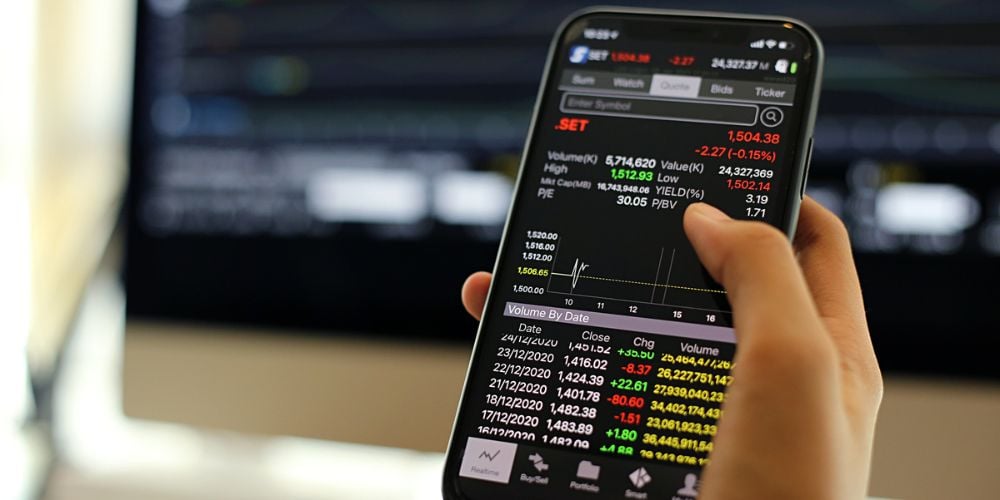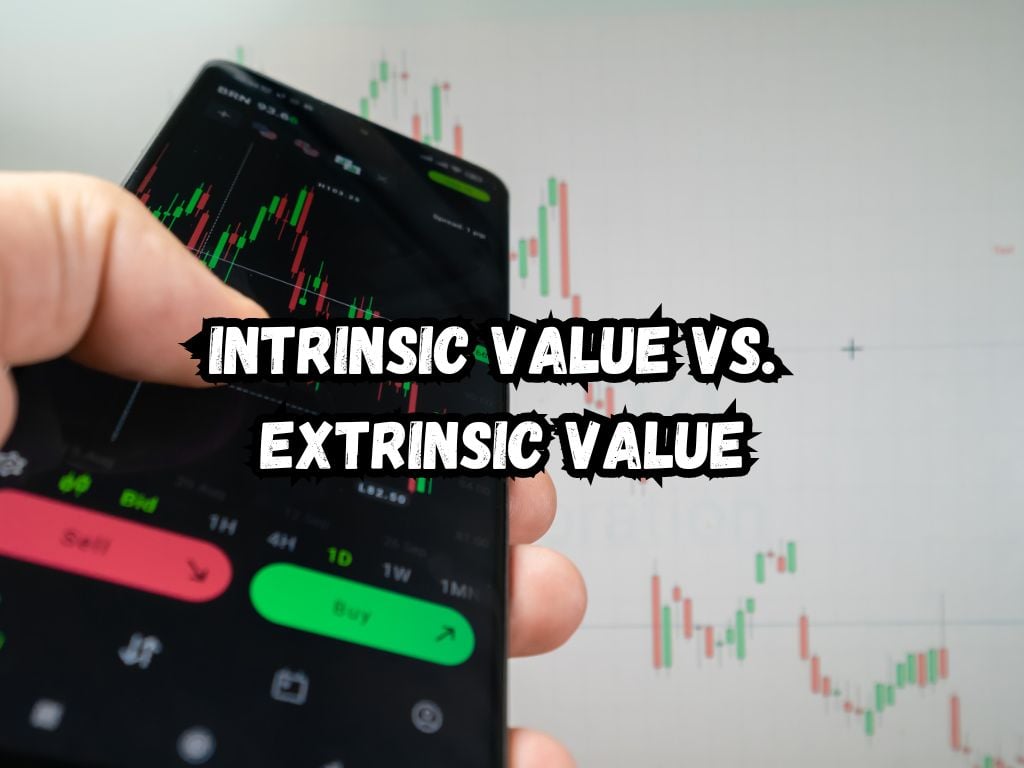In the world of investments and option trading, knowing the difference between intrinsic and extrinsic value is key. These concepts, though complex, are fundamental for traders and investors aiming to make informed decisions.
This article delves into the intricacies of intrinsic value vs extrinsic value, breaking them down into understandable components.
What Is Intrinsic Value?
Intrinsic value is a term that carries weight in both stock valuation and options trading. In stocks, it refers to the real, tangible worth of a company as determined by fundamental analysis.
This analysis looks at earnings, assets, and liabilities. For options, intrinsic value is the difference between the current market price of the stock and the strike price, but only for options that are in the money.
How to Calculate Intrinsic value?
Calculating intrinsic value in stocks often involves models like Discounted Cash Flow (DCF) Analysis.
This model projects future cash flows and discounts them back to the present value. For options, the calculation is more straightforward.
It’s the actual money you’d make if you exercised the option right now. For a call option, if the stock price is $100 and the strike price is $90, the intrinsic value is $10.

Factors Influencing Intrinsic Value
The fundamental factors for stocks include company performance metrics. In options, it’s about how the current market price compares to the strike price. It’s important to note that only in-the-money options have intrinsic value.
What Is Extrinsic Value?
Extrinsic value, or time value in the context of options, represents the extra amount investors are willing to pay over the intrinsic value. This value comes from the potential of the stock to increase in value or from the time left until the option expires.
It’s an important concept for understanding the true cost and potential reward of an option.
How to Calculate Extrinsic Value?
For options, extrinsic value is found by subtracting the intrinsic value from the option’s current price. It factors in the time until expiration and the volatility of the underlying asset.
As the expiration date nears, the extrinsic value tends to decrease, due to what is known as time decay.
Factors Influencing Extrinsic Value
Key factors include time until the option expires and the underlying asset’s volatility. High volatility and more time until expiration usually increase an option’s extrinsic value.
Intrinsic Value vs Extrinsic Value
When comparing the two, it’s clear both play crucial roles in pricing options. The intrinsic value gives a baseline, representing an option’s profitability if exercised now.
The extrinsic value adds on, considering what could happen before expiration. Understanding this interplay helps traders forecast option prices under different market conditions.
Understanding Premiums
Option premiums are not random. They incorporate both the intrinsic and extrinsic values.
An option with high extrinsic value might be more expensive, reflecting higher potential for profit or loss.
Traders use these insights to make strategic decisions, like selling options when the extrinsic value is high.
Practical Implications and Considerations
For Investors
Knowing a stock’s intrinsic value can guide investment choices. Buying stocks below their intrinsic value can provide a margin of safety.
For long-term investors, this fundamental analysis is key to finding undervalued stocks with potential for growth.
For Option Traders
Understanding extrinsic value is especially beneficial. It can influence strategies, such as selling options to capture high extrinsic value before it diminishes.
Seasoned traders watch how these values change with market cycles to time their trades.

Common Misconceptions
Some believe intrinsic value is the only true measure of worth. In reality, extrinsic value also carries significant weight, especially in options trading.
Another misunderstanding is that options nearing expiration are less valuable due to diminishing extrinsic value. However, this period can also offer strategic opportunities for traders.
Frequently Asked Questions
Can intrinsic value be negative for options?
No, intrinsic value can either be positive or zero. It reflects the real, tangible profit of an option and cannot dip into the negative.
Why is extrinsic value important even if it eventually fades to zero?
Extrinsic value represents the potential and time value of an option, crucial for understanding option pricing and making strategic trades.
How do market conditions affect intrinsic and extrusive value?
Market volatility and changes in the underlying asset’s price can affect both values. Increased volatility usually raises extrinsic value.
Is it possible for an option to have no extrinsic value?
Yes, at expiration, all options will have no extrinsic value. Their worth is fully determined by their intrinsic value.
How should investors weigh intrinsic and extrinsic value when making decisions?
Investors should consider both, with intrinsic value providing a basis for asset worth and extrinsic value offering insight into potential growth or decline.
Conclusion
Intrinsic and extrinsic values serve as foundational concepts in trading and investing. Grasping these can help in making informed decisions.
Each has a role, influencing how assets are valued and how opportunities are assessed. With these insights, investors and traders can navigate markets more confidently.


 Tags:
Tags:










